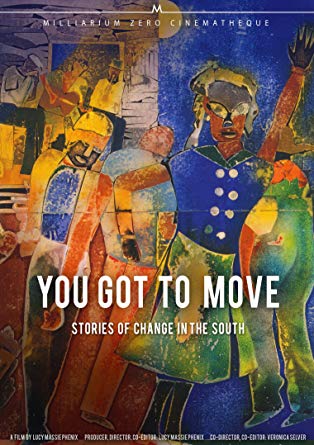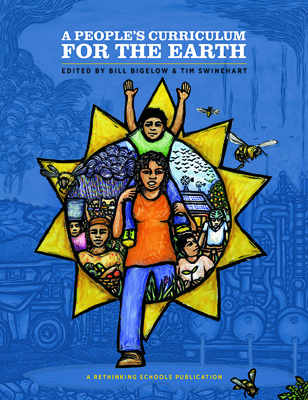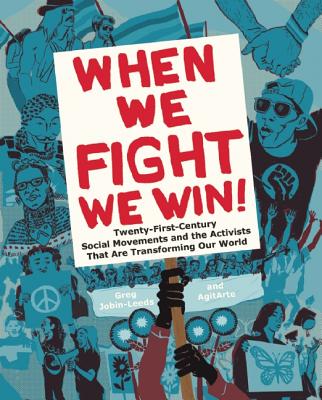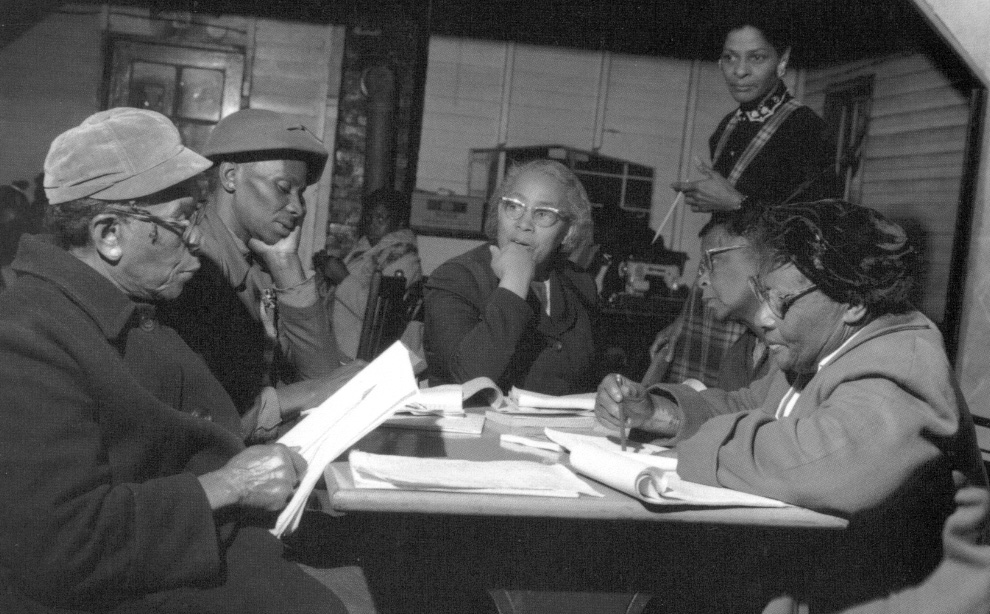FREE OFFER: Watch extended shorts on Citizenship Schools and environmental justice here: You Got to Move
 The description below of the documentary film You Got to Move: Stories Of Change In The South is from a review by Glenn Erickson for DVD Talk.
The description below of the documentary film You Got to Move: Stories Of Change In The South is from a review by Glenn Erickson for DVD Talk.
You Got to Move covers roughly forty years of social change in the Southeast, as told by several of its activist alumni.
Organized in 1932 to train union organizers in the depths of the Great Depression, Highlander has survived to educate and inspire generations of citizens occupied in a variety of social issues.
 Directors Lucy Massie Phenix and Veronica Selver narrowed their focus to five or six interview subjects, whose amateur status didn’t stop them from taking on some powerful adversaries. The guiding light for the Center is Myles Horton, who (at the time of filming) is shown gardening as he explains in homespun, plain-speaking terms how people are motivated and how they can be politically effective. A later reference to Horton, who passed away in 1990, is that he’s still inspiring people.
Directors Lucy Massie Phenix and Veronica Selver narrowed their focus to five or six interview subjects, whose amateur status didn’t stop them from taking on some powerful adversaries. The guiding light for the Center is Myles Horton, who (at the time of filming) is shown gardening as he explains in homespun, plain-speaking terms how people are motivated and how they can be politically effective. A later reference to Horton, who passed away in 1990, is that he’s still inspiring people.
The CIO years aren’t really covered, as the first interviewee Bernice Robinson talks about her experience immediately after WWII, when she returned to Appalachia to teach Black adults to read. When simply excluding African Americans from the polls became illegal, local governments instituted literacy rules and refused ballots to Black voters who could not read a difficult passage from the Constitution. The Highlander Center charged Bernice with the idea that if the Jim Crow laws were to change, she would have to become a leader.
Bernice Johnson Reagon talks about her experience in the Civil Rights Movement in Albany, Georgia, and the confidence that the Movement gave her. We see a sheriff telling picketing schoolgirls that only two can picket per block (and presumably be more easily divided and intimidated that way). The Black teens ignore him.
 The Center gave what were called Citizenship Education Classes, teaching activists what their rights were and what the law could demand of them and what it could not. William Saunders held his own job but also helped organize a hospital strike for the rights of Black nurses, who were heavily discriminated against. A news clip shows a hospital administrator, who can only be described as an obstructionist clod, insisting that the issue has nothing to do with race. We then see policemen beating up Black nurses and choking them with nightsticks. One hundred days later, the strike was successful.
The Center gave what were called Citizenship Education Classes, teaching activists what their rights were and what the law could demand of them and what it could not. William Saunders held his own job but also helped organize a hospital strike for the rights of Black nurses, who were heavily discriminated against. A news clip shows a hospital administrator, who can only be described as an obstructionist clod, insisting that the issue has nothing to do with race. We then see policemen beating up Black nurses and choking them with nightsticks. One hundred days later, the strike was successful.
The show examines much more than the Civil Rights era. Before proceeding to later subjects, it takes up a 1961 attempt to close down Highlander by a prosecutor who claimed that the school encouraged improper behavior between the races. In audio tapes from the courtroom — that make fictional presentations of racists seem tame — one photo of a mixed-race dance couple leads to charges that couples were sneaking off into the woods and that the Center is a whorehouse. That’s in addition to the unfounded charge that the Center was a communist training school.
Trailer
The latter portions of the documentary allow various ordinary citizens to relate how they stood up to government collusion with ecological criminals in their rural areas. Rebecca Simpson explains the long process by which she used the training at the center to combat a strip-mining company that performed none of the law-mandated clean-up or restoration to the mountain areas they destroyed.
Similarly, Gail Story opposed a crooked landfill dump operator [Bumpass Cove], who earned big profits taking chemicals and other substances (even some that were radioactive) from companies unwilling to pay to have them properly disposed of. We see home movies taken by an irate landowner showing chemical trucks making their way up to the top of a valley. Ignored by state health officials, the activist found that the only way to bring a halt to the dumping and publicize the crime was for a large group of protesters to physically block the road.
Phenix and Selver’s lively interviews introduce us to what can only be described as some fairly ordinary citizens empowered by their willingness to stand up for their beliefs.










Twitter
Google plus
LinkedIn